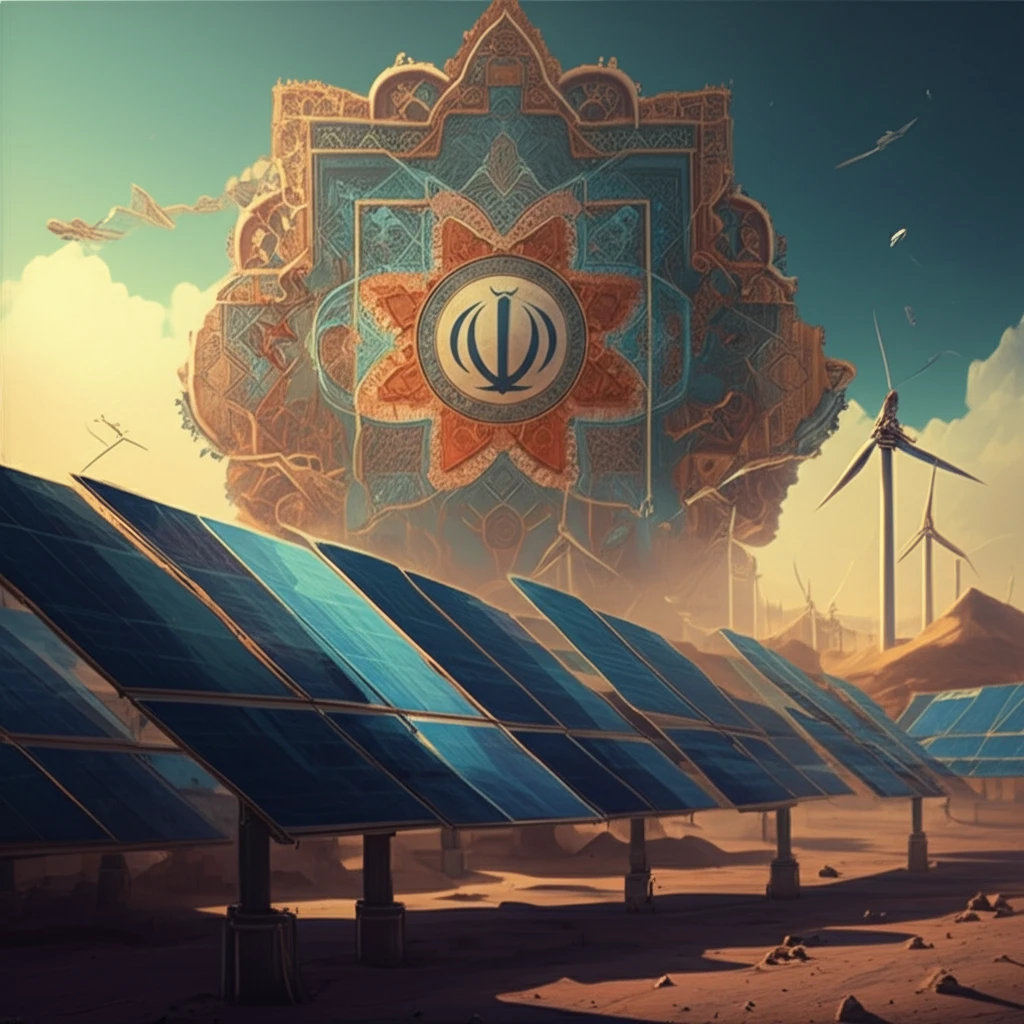
Iran's Energy Evolution: How Retrospective Analysis Can Fuel a Sustainable Future
"A deep dive into Iran's power sector development reveals critical insights for optimizing energy strategies and achieving ambitious environmental goals. Discover how lessons from the past can illuminate the path to a sustainable energy future."
Iran's power sector has undergone a remarkable transformation over the past three decades, driven by evolving energy sources and increasing electricity demand. In 1985, the nation relied primarily on four sources: natural gas (33.9%), fuel oil (32.4%), diesel (18.6%), and hydropower (15.1%). Today, the energy landscape is vastly different, with natural gas dominating electricity generation and nuclear and renewable technologies playing a growing role.
A recent study conducted a retrospective optimization analysis of Iran's power sector development from 1984 to 2014, providing critical insights into the effectiveness of past energy strategies and highlighting opportunities for future improvement. By examining historical data and comparing actual outcomes with optimized scenarios, the study sheds light on the potential benefits of long-term energy planning and the importance of adopting sustainable practices.
This analysis underscores the significance of proactive energy policies and strategic investments in shaping a resilient and environmentally responsible power sector. As Iran continues to navigate its energy future, the lessons learned from this retrospective analysis can inform decision-making and pave the way for a more sustainable and prosperous future.
What Key Factors Influenced Iran's Power Sector Development?

The retrospective optimization study, leveraging the MESSAGE model, assessed Iran's power sector evolution from 1984 to 2014, identifying key factors influencing its development. Two alternative scenarios explored the impact of supply- and demand-side strategies on power generation, fuel consumption, and CO2 emissions. By comparing cost-optimal scenarios with actual historical developments, the study revealed crucial insights for future energy planning.
- Dominance of Natural Gas: Natural gas emerged as the primary fuel source, with its contribution to electricity generation increasing significantly over time.
- Capacity Expansion: The total installed capacity increased sixfold, from 12 GW in 1985 to 74 GW in 2015, driven by growing electricity demand.
- Efficiency Improvements: The average efficiency of fossil fuel power plants increased from 31.2% to 37.4%, reducing CO2 emissions per unit of electricity generated.
- Short-Term Obligations: Developments were primarily driven by short-term obligations, leading to a focus on immediate needs rather than long-term sustainability.
What's Next? Leveraging Retrospective Insights for a Sustainable Energy Future
The retrospective analysis of Iran's power sector development offers valuable lessons for shaping a sustainable energy future. By embracing long-term planning, prioritizing demand-side strategies, and investing in renewable energy technologies, Iran can pave the way for a cleaner, more efficient, and economically viable energy system. As the nation continues its energy transition, these insights can inform policy decisions and guide investments, ensuring a brighter and more sustainable future for all.
